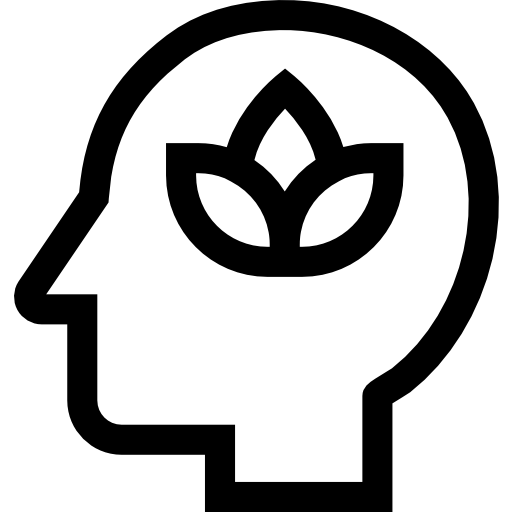Nature Therapy, in Hamburg and Northern Germany
Nature therapy, and the related terms eco-therapy and wild therapy, are ways of blending the natural world into the therapeutic process.
Nature, or the lack of it, has a substantial impact on mental health that is often underestimated. But there are studies clearly showing nature’s importance in mental well-being.
The Mental Health Benefits of Nature

Nature as a Therapist
Combining nature into therapy works in two main ways: acute stress reduction, and existential guidance.
Stepping into nature immediately begins yielding health benefits. This is something you’ve maybe experienced, going for a walk in the park after a stressful week, or finally arriving at the beach to begin your holiday.
Eliminating urban stressors takes a burden off our nervous system. Other than the various forms of pollution of life downtown (air, light, noise pollution), simply the density of modern cities can be yet another source of constant low-level stress. This includes stress evoked from having our personal space intruded upon (e.g. sitting in U-Bahn or bus), and was highlight dramatically in the famous “Rat Park” experiments, where giving lab rats space for leisure prevented them from becoming addicted to drugs.
Relieved of oppressive stimulation is a great starting place for grounding or mindfulness exercises.


A slower and deeper therapeutic benefit comes from nature being an inseparable part of our existence, helping us through existential dilemmas of freedom and responsibility, death and mortality, isolation, and meaning.
We evolved as a component of nature. Comfortably inside our electrically-illuminated and heated buildings, we can easily forget how we’re entirely dependent on the rest of nature to provide for us, to survive. Physically re-entering a natural environment helps us return our perspective as well, re-finding our place in nature.
In short, though it sounds cliché: finding meaning and purpose, to live authentically.
There are numerous other positive effects of nature which often indirectly help our mental health. Daytime exposure to natural light helps build a strong, consistent circadian rhythm, helping us sleep at night and be alert in the day. Breathing in a type of essential oil produced by trees—phytoncides—boosts immune function and further reduces stress. We are only just beginning to study and measure all the biological and psychological effects of the astoundingly complicated interaction between humans and nature-rich environments.
Ways to Bring Nature into your Mental Health Journey
Being in a natural setting can generally enhance many self-guided therapeutic techniques, such as journalling, mindfulness exercises, or grounding.
For a more guided experience, I offer three different formats integrating nature into my counselling.
If you would like book a session or just more information, use the contact form and I’ll reply personally.
My Background in Nature Therapy
I grew up a city boy, loving computers, and with no particular interest in nature.
Taking a sabbatical from database programming, I completed several hikes through the Himalayas, where I found myself feeling more alive than ever. I later built into this interest with bushcraft courses and through multi-day maneuvers with military personnel.
In 2018—early in my psychology career—I had the distinction of working with environmental scientist turned therapist Dr. Ina De Lange in her various nature-based workshops at the Okonguarri Psychotherapeutic Centre, just before she retired.
I’m delighted to be able to integrate nature into my professional counselling in so many different ways, and gladly disappear a while in nature for my own mental wellbeing.

[1] https://www.nature.com/articles/s41598-017-12046-7
[2] https://www.ncbi.nlm.nih.gov/pmc/articles/PMC1448497/
[3] http://journals.plos.org/plosone/article?id=10.1371/journal.pone.0051474
[4] https://www.euronews.com/health/2023/12/07/finlands-health-forests-are-helping-patients-reap-the-mental-health-benefits-of-being-in-n



